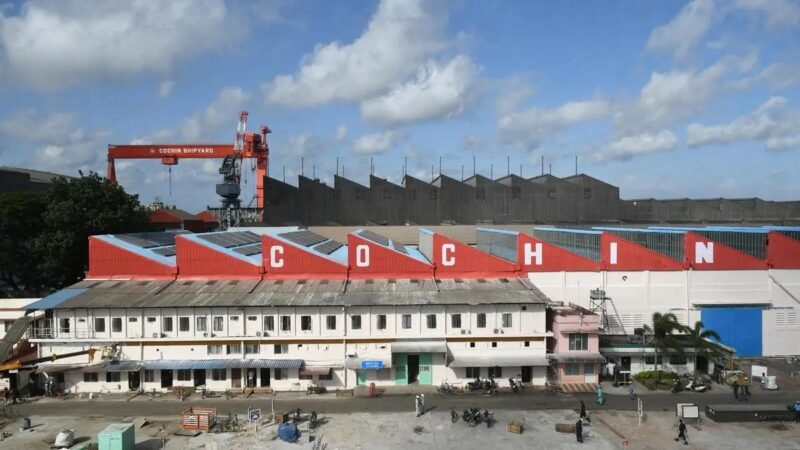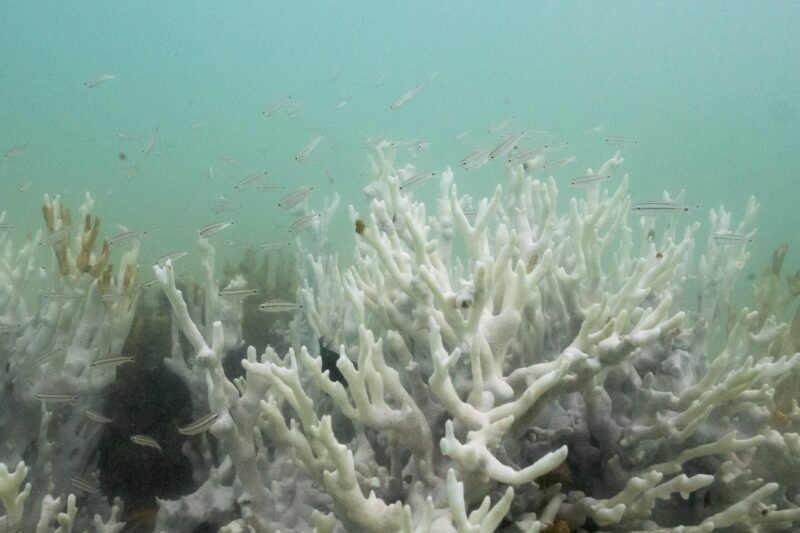La Niña conditions have been noted in the equatorial Pacific, expected to continue through the Northern Hemisphere winter, with a 55% likelihood of transitioning to ENSO-neutral conditions by early 2026. The National Oceanic and Atmospheric Administration (NOAA) reported that these conditions were evident from September 2025, marked by below-average sea surface temperatures in the central and eastern equatorial Pacific. The weekly Niño-3.4 index registered at -0.5°C, confirming the occurrence of La Niña.
This event is characterized by negative subsurface temperature anomalies and specific wind patterns over the western and east-central equatorial Pacific. Additionally, increased convection over Indonesia and reduced activity near the Date Line support this pattern. Stakeholders, notably those involved with the Panama Canal, are closely monitoring these developments, especially since a robust El Niño in 2023 led to historic low water levels in Gatun Lake and significant transit restrictions.
With the onset of La Niña in late 2024 and early 2025, rainfall increased, enabling the Panama Canal Authority to resume full transit capacity. The canal recently reported significant financial results for fiscal year 2025, showcasing a 14.4% revenue increase to $5.7 billion and a 19.3% rise in vessel transits year-on-year.
The NOAA forecasts that this La Niña will remain weak, anticipating the three-month average Niño-3.4 index between -0.5°C and -0.9°C. While typically associated with milder weather impacts, this condition may still influence regional weather throughout winter 2025-26. The next ENSO Diagnostics Discussion is scheduled for November 13, 2025, to provide further updates.
Share it now


















